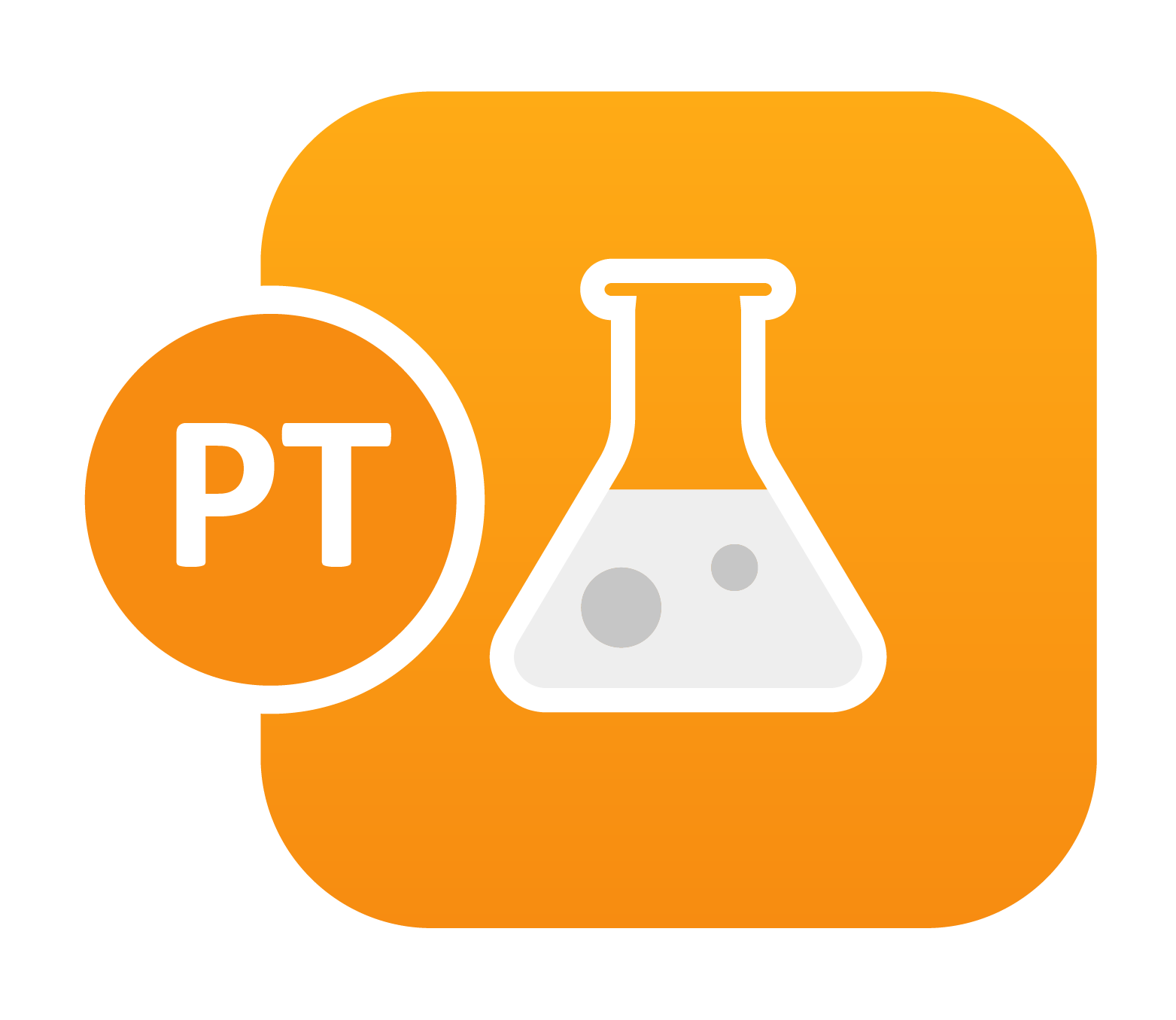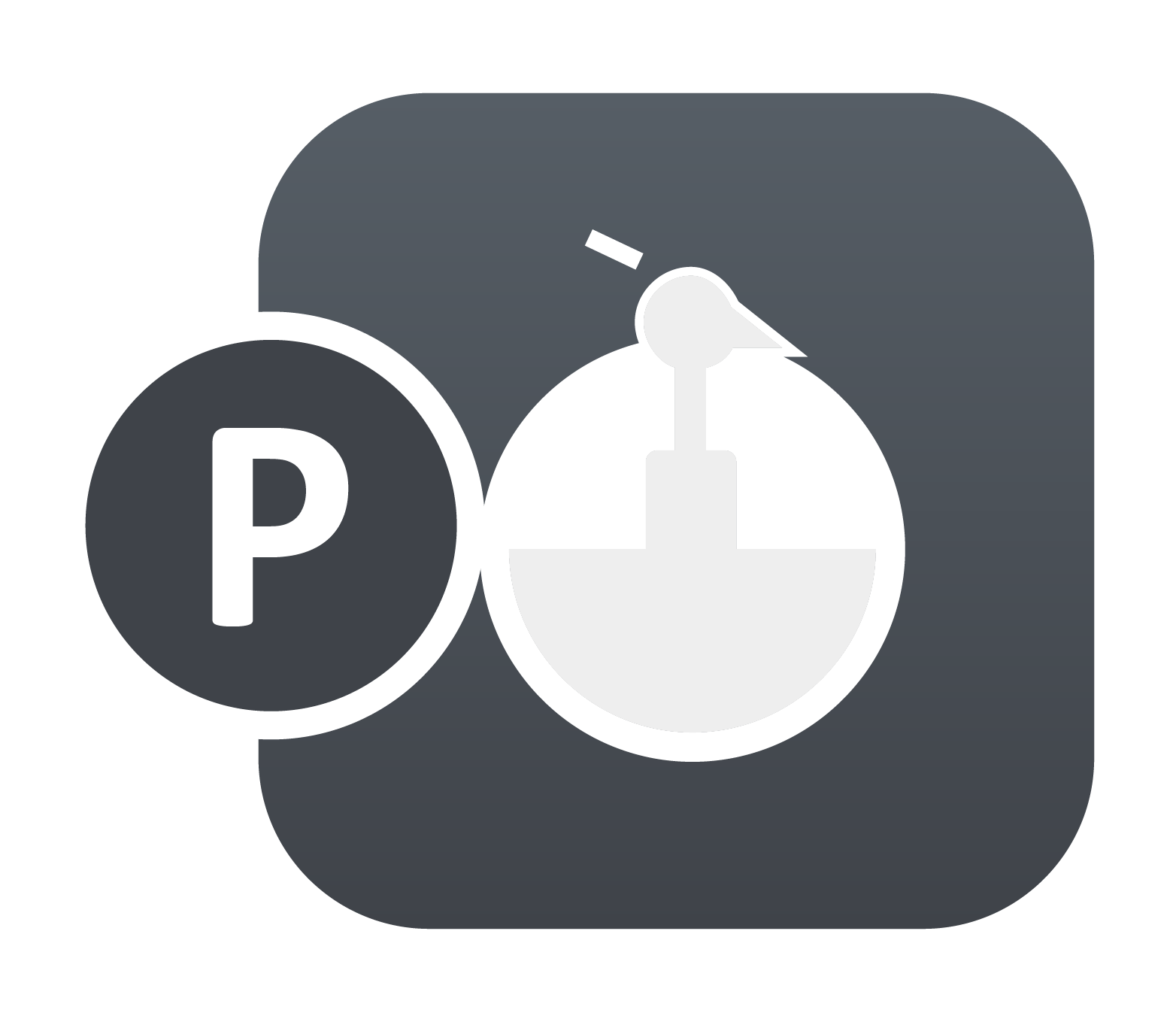Interior Contact for Foams, Honeycombs and Rubbers to eliminate Negative Volumes.
Under large compressive forces, elements belonging to either Foams, Honeycombs and Rubbers tend to invert causing numerical instabilities. To avoid such difficulties, which is one of the primary causes of simulation waste (unusable simulation results), a good set of modeling practices are first necessary as outlined in an earlier post . As an added protected…













